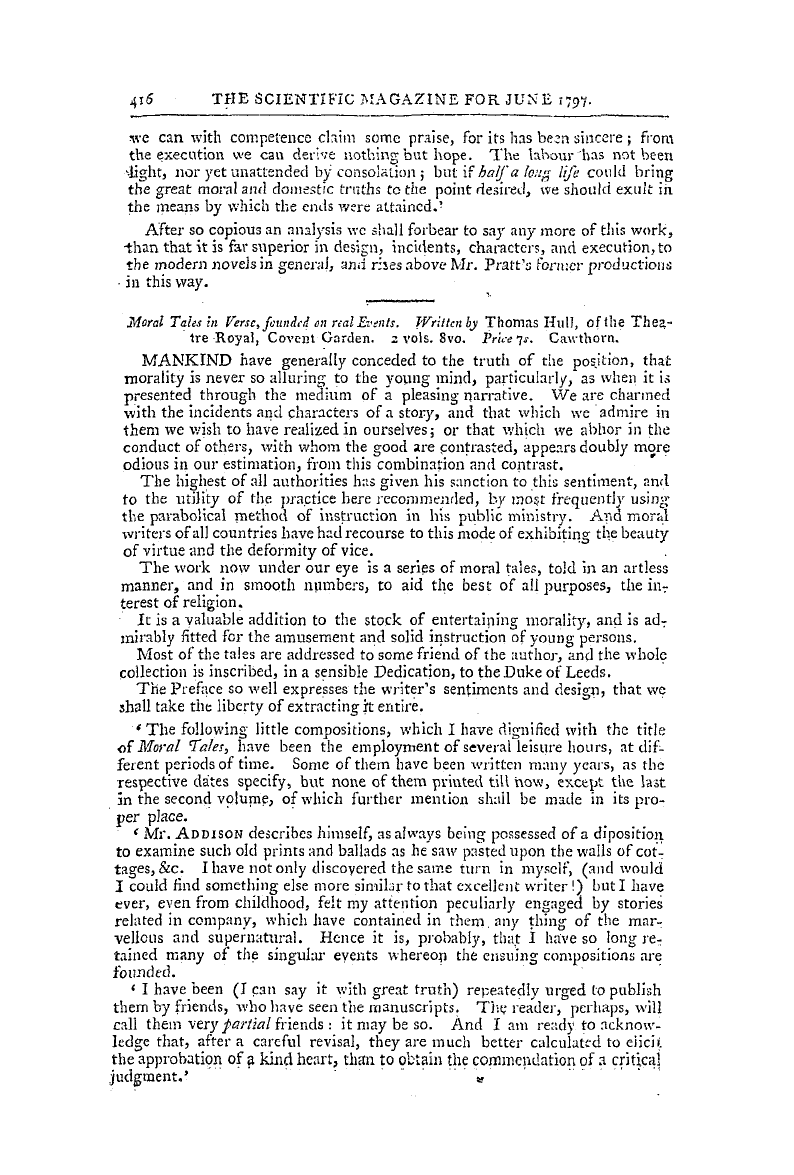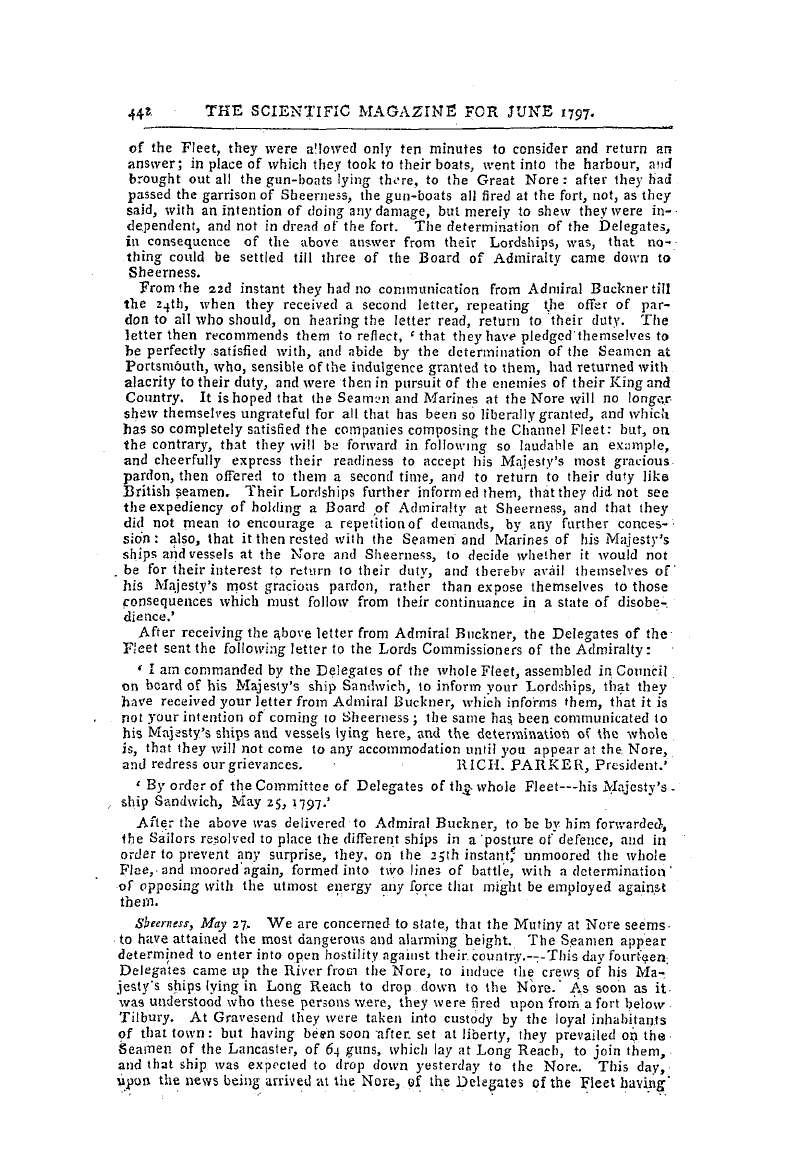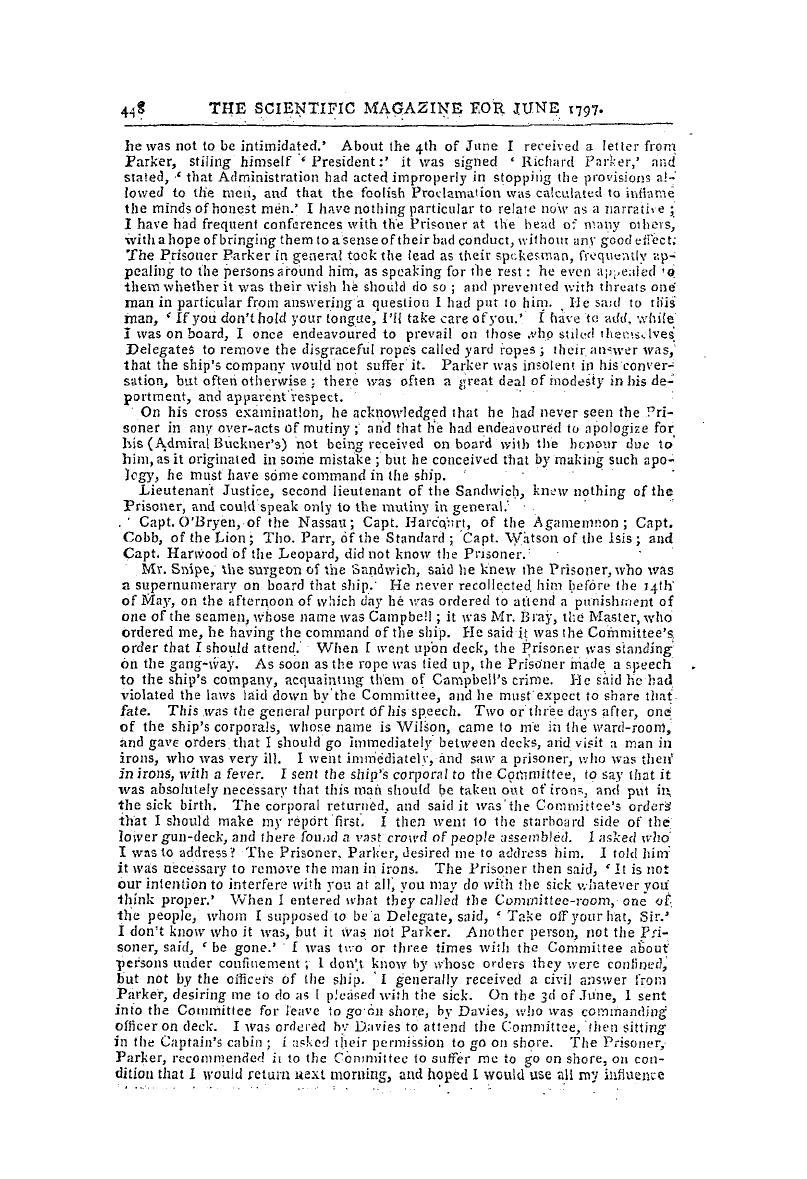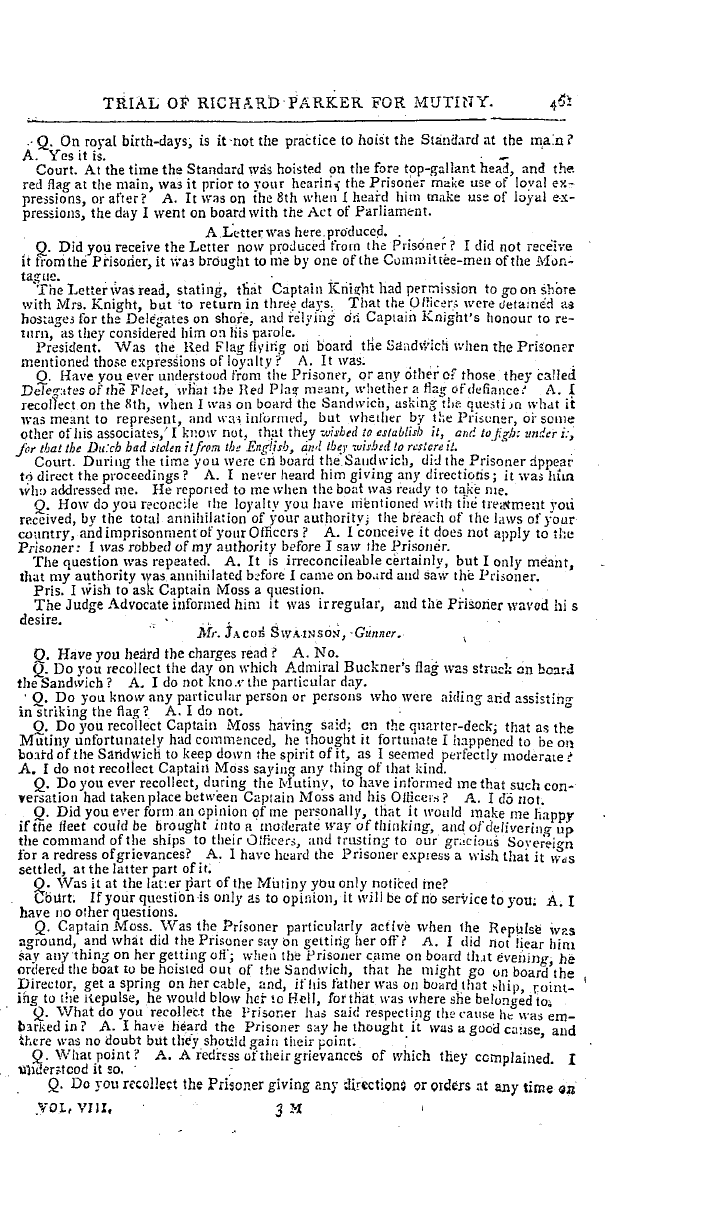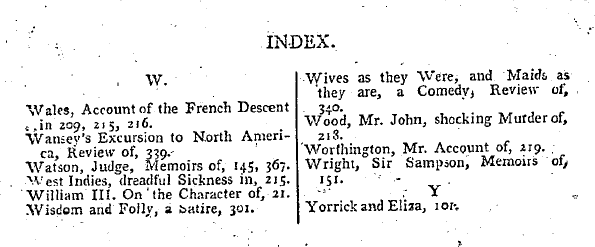-
Articles/Ads
Article HISTORY OF THE GYPSIES. ← Page 2 of 2
Note: This text has been automatically extracted via Optical Character Recognition (OCR) software.
History Of The Gypsies.
and that belief is as old as their existence in Europe . Thomasius , Salmon the English geographer , and lately Signer Grisselini , have endeavoured to proveit , although disputed by Grellman . Their languagediffers entirely from the Coptic ; and their customs are very different from those of the Egyptians . They form a distinct people in Egypt , as in other countries . Bellonius says , ' No part of the world is free from these bandittiwandering about in troopswhom we by mistake
, , call Egyptians and Bohemians . When we were at Cairo , and the villages bordering ou the Nile , we found troops of these strolling thieves sitting under palm trees ; and they are esteemed foreigners in Egypt as well as among us . Grellman endeavours to shew that they come from Hindostan . The chief basis of his theory , however , is . no other than similarity of language . He adds a long vocabulary of the gypsy ¦
and Hindostanic languages , in which many words are the same . The gypsy language is never reduced to writing , but is ever blended with the language of the country where the clan resides . This appears from the correspondence of several words in all languages with the gypsy . The two gypsy versions of the Lord's Prayer at different periodsdiffer so widelythat one would almost be inclined to doubt
, , whether they were really the same language . Nor can we , in all the languages in which the Lord ' s Prayer is given , perceive the least resemblance to the gypsy name of father , Dade , and Dad , except in the Welsh , Taad . In prosecuting his argument , ' Mr . Grellman does not insist on the similarity of colour between the two people , nor oh the cowardice common to both , nor on the attachment of the Indians to
tents , orletting their children go naked ; all these being traits to be met with in other nations : but he dwells on the worcl Polgar , the name of one of the first gypsy leaders , and of the Hindostanic God of marriage ; also on the correspondence between the travelling smiths in the two people , who carry two pair of bellows ; the Indian ' s boy blows them in India ; the wife or child of the gypsy , in Europe ; as if every travelling tinkerin every nation where tinkers travelhad not the same
at-, , tendants .. In lascivious dances and chiromancy the two people agree ; nor are these uncemmon in other parts of the globe . Fainter resemblances are , a fondness for saffron , and the intermarrying only with their own people . The last position in his theory is , that the gypsies are of the lowest class of Indians , namely , Parias , or , as t !> 3 y are called in HindostanSitckrs . ' He compares the manners of this class
, with those of the gypsies , and ' enumerates many circumstances in which they agree . The cause of their emigration from their country he conjectures to be the war of Timur Beg in India . In the years , 1408 and 1 409 this conqueror ravaged India ; and the progress of . his arms was attended with devastation and cruelty . All who made resistance were destoyed ; those who fell into the enemy ' s hands were
made slaves ; of these very slaves loo . ccbwere put to death . Ason this occasion an universal panic took place , what could be more natural than that a great number of terrified inhabitants should endeavour to save 'hems-elves by fli g ht ? In the last place , the author traces-the route by which the ' gypsies came from Hindostan to Europe ; but here all that can be said upon the subject is mere surmise .
Note: This text has been automatically extracted via Optical Character Recognition (OCR) software.
History Of The Gypsies.
and that belief is as old as their existence in Europe . Thomasius , Salmon the English geographer , and lately Signer Grisselini , have endeavoured to proveit , although disputed by Grellman . Their languagediffers entirely from the Coptic ; and their customs are very different from those of the Egyptians . They form a distinct people in Egypt , as in other countries . Bellonius says , ' No part of the world is free from these bandittiwandering about in troopswhom we by mistake
, , call Egyptians and Bohemians . When we were at Cairo , and the villages bordering ou the Nile , we found troops of these strolling thieves sitting under palm trees ; and they are esteemed foreigners in Egypt as well as among us . Grellman endeavours to shew that they come from Hindostan . The chief basis of his theory , however , is . no other than similarity of language . He adds a long vocabulary of the gypsy ¦
and Hindostanic languages , in which many words are the same . The gypsy language is never reduced to writing , but is ever blended with the language of the country where the clan resides . This appears from the correspondence of several words in all languages with the gypsy . The two gypsy versions of the Lord's Prayer at different periodsdiffer so widelythat one would almost be inclined to doubt
, , whether they were really the same language . Nor can we , in all the languages in which the Lord ' s Prayer is given , perceive the least resemblance to the gypsy name of father , Dade , and Dad , except in the Welsh , Taad . In prosecuting his argument , ' Mr . Grellman does not insist on the similarity of colour between the two people , nor oh the cowardice common to both , nor on the attachment of the Indians to
tents , orletting their children go naked ; all these being traits to be met with in other nations : but he dwells on the worcl Polgar , the name of one of the first gypsy leaders , and of the Hindostanic God of marriage ; also on the correspondence between the travelling smiths in the two people , who carry two pair of bellows ; the Indian ' s boy blows them in India ; the wife or child of the gypsy , in Europe ; as if every travelling tinkerin every nation where tinkers travelhad not the same
at-, , tendants .. In lascivious dances and chiromancy the two people agree ; nor are these uncemmon in other parts of the globe . Fainter resemblances are , a fondness for saffron , and the intermarrying only with their own people . The last position in his theory is , that the gypsies are of the lowest class of Indians , namely , Parias , or , as t !> 3 y are called in HindostanSitckrs . ' He compares the manners of this class
, with those of the gypsies , and ' enumerates many circumstances in which they agree . The cause of their emigration from their country he conjectures to be the war of Timur Beg in India . In the years , 1408 and 1 409 this conqueror ravaged India ; and the progress of . his arms was attended with devastation and cruelty . All who made resistance were destoyed ; those who fell into the enemy ' s hands were
made slaves ; of these very slaves loo . ccbwere put to death . Ason this occasion an universal panic took place , what could be more natural than that a great number of terrified inhabitants should endeavour to save 'hems-elves by fli g ht ? In the last place , the author traces-the route by which the ' gypsies came from Hindostan to Europe ; but here all that can be said upon the subject is mere surmise .















































